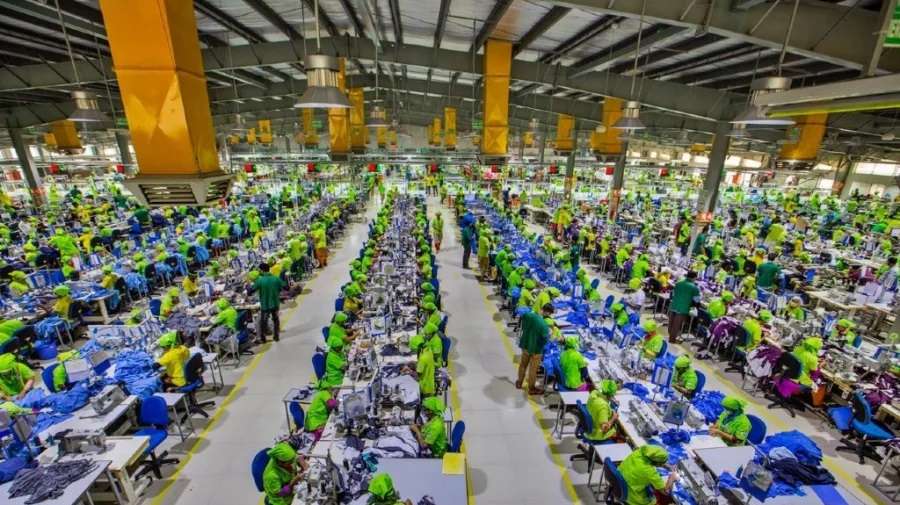"A new report by the Waste and Resources Action Programme (WRAP) reveals, around £140-million worth of clothing is discarded every year in the UK. The fashion industry works on a ‘take-make-dispose’ model with new, cheaply-made and cheaply-sold items introduced every season. The total carbon footprint of clothing in the UK has increased since 2012."
 A new report by the Waste and Resources Action Programme (WRAP) reveals, around £140-million worth of clothing is discarded every year in the UK. The fashion industry works on a ‘take-make-dispose’ model with new, cheaply-made and cheaply-sold items introduced every season. The total carbon footprint of clothing in the UK has increased since 2012. According to WRAP, which launched its Sustainable Action Plan in 2016, the main culprit for these environmental impact is the extraction of new resources for clothing – around 9 million tons of CO2e every year comes from fiber production from agriculture or polymer extrusion (for synthetic fabrics).
A new report by the Waste and Resources Action Programme (WRAP) reveals, around £140-million worth of clothing is discarded every year in the UK. The fashion industry works on a ‘take-make-dispose’ model with new, cheaply-made and cheaply-sold items introduced every season. The total carbon footprint of clothing in the UK has increased since 2012. According to WRAP, which launched its Sustainable Action Plan in 2016, the main culprit for these environmental impact is the extraction of new resources for clothing – around 9 million tons of CO2e every year comes from fiber production from agriculture or polymer extrusion (for synthetic fabrics).
Therefore, there is an urgent need to secure new sources of materials and find new markets for used clothing. Fiber to fiber recycling offers a potential solution – but one that has not been properly investigated. The report suggests, new processes and entrants onto the market should be monitored for future investment.
Fiber to fiber recycling offers a potential solution – but one that has not been properly investigated. The report suggests, new processes and entrants onto the market should be monitored for future investment.
Little information on recycling processes hinders growth
The report points out cotton and polyester are the most potential for fiber to fiber recycling. These are most commonly used materials in clothing and household textiles. Increasing demand for cotton also brings positivity into the recycled fiber market.
However, the industry needs to overcome significant barriers to increase its uptake of recycled fibers. The first of these includes the lack of information about new recycling processes for fibers. Moreover, collection and sorting of post-consumer textiles need to improve. Costs for this can be potentially funded through an extended producer responsibility (EPR) regime for textiles, which would see producers invest in fiber to fiber recycling. In order to make post-consumer fiber an attractive and financially viable prospect for processors, demand from brands and retailers also needs to be stimulated, along with a more positive perception of recycled materials from consumers.
EAC highlights retailer’s sustainability initiatives
The clothing industry is currently facing increased scrutiny, with an ongoing inquiry from UK Parliament’s Environmental Audit Committee (EAC) looking at the initiatives of leading fashion retailers to improve the environmental impact of their clothing.
The interim report from the EAC highlighted retailers most and least engaged with improving their sustainability record. Brands like Primark, Tesco, ASOS and Marks & Spenser have all signed up to the SCAP 2020 targets. These brands are using sustainable cotton and offering take back schemes for their products. However, many retailers like JD Sports, TK Maxx, Amazon UK, Boohoo have shamed the industry by voluntarily opting out of these targets.












